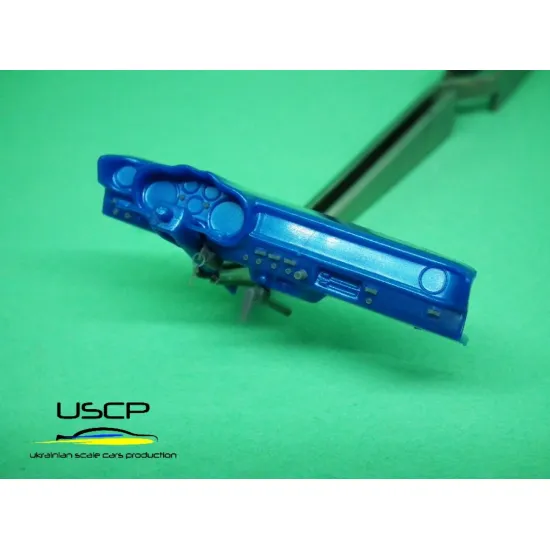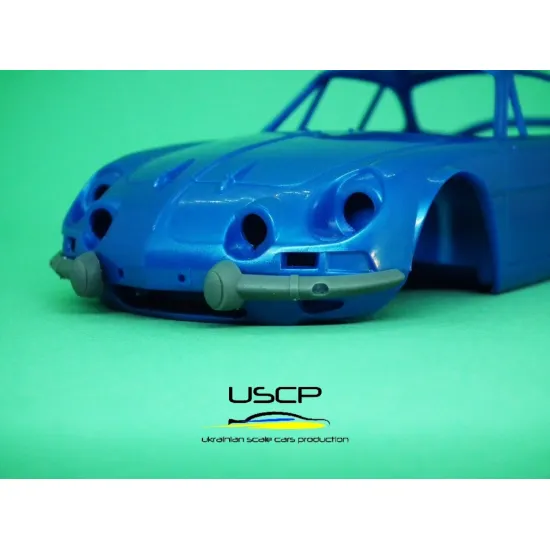The Evolution of Model Kits Over the Years
The Evolution of Model Kits Over the Years
Blog Article
Design kits have come a long way since their inception, transforming from simple construction jobs to elaborate works of art. For hobbyists, that progression mirrors equally technological advancements and the growing want to craft little sides with amazing realism.
The Rise of Product Packages
plastic model kits first obtained recognition in the mid-20th century. Actually developed as simple, useful methods, the early systems often presented basic components made of wood or metal with little focus on detail. By the 1950s, plastic products joined the market, observing a pivotal moment in their evolution. These plastic designs allowed for lightweight and easier-to-assemble designs, resulting in a spike in popularity among small hobbyists.
The 1960s and 70s saw an explosion of imagination in design kits. During this time period, the focus shifted from just assembling cars to creating replicas of legendary subjects ranging from jets to sci-fi spaceships. Organizations started integrating higher-quality shapes and presenting distinctive variations, creating the activity more immersive.

The Innovation in Realism
By the 1980s and 90s, the emphasis in design packages moved toward hyper-realism. Manufacturers began using injection-molded technology that allowed for extraordinary detailing. Modelers could entry sophisticated packages offering cast designs, custom decals, and intricacies previously unimaginable.
Technological improvements also produced modification possible. Resources like airbrushes and high-performance paints, combined with detailed directions, offered hobbyists the flexibility to elevate their builds. From weathered tanks to refined battle vehicles, making life-like masterpieces turned an attainable goal.
Expert Techniques for Painting and Explaining Design Kits
For model enthusiasts, the delight is in the details. Painting and finishing techniques have evolved similar to product products themselves. Mastering these skills can truly convert any build.
1. Prime for Achievement
Generally start with a primer. Priming assures that paint sticks easily to surfaces and produces the base required for vivid, consistent color. Select a primer fitted to your material, whether plastic, resin, or metal.
2. Coating Your Shows
Apply your paints in slim, even layers. That technique eliminates clumpy completes and makes transitions between colors seamless. Acrylic paints are specially common for their rapidly drying time and lively color options.

3. Include Fine Weathering Details
To give your product a weathered, reliable look, test out weathering techniques such as for example dried brushing, clears, or using pastels. For cars, delicate corrosion marks or cracked color may enhance realism.
4. Ideal the Decals
Decals could make or break the final search of your model. Make use of a conditioning option to simply help them adapt to bent surfaces and carefully close them with a clear coat.
From building simple models ages before to today's hyper-detailed projects, model kits continue to motivate imagination and skill. With sophisticated practices and resources, the number of choices for realism and phrase are endless.
Report this page